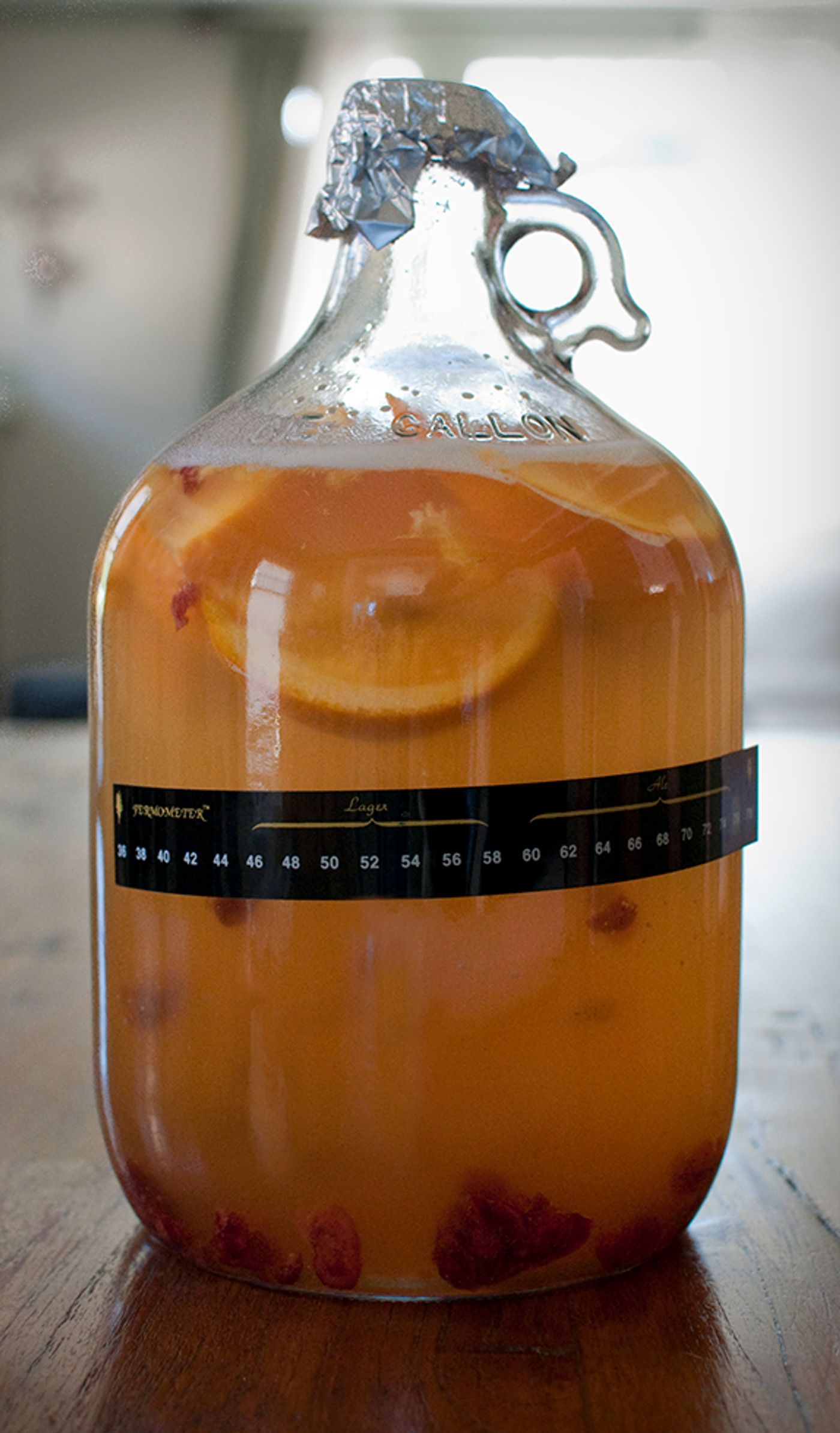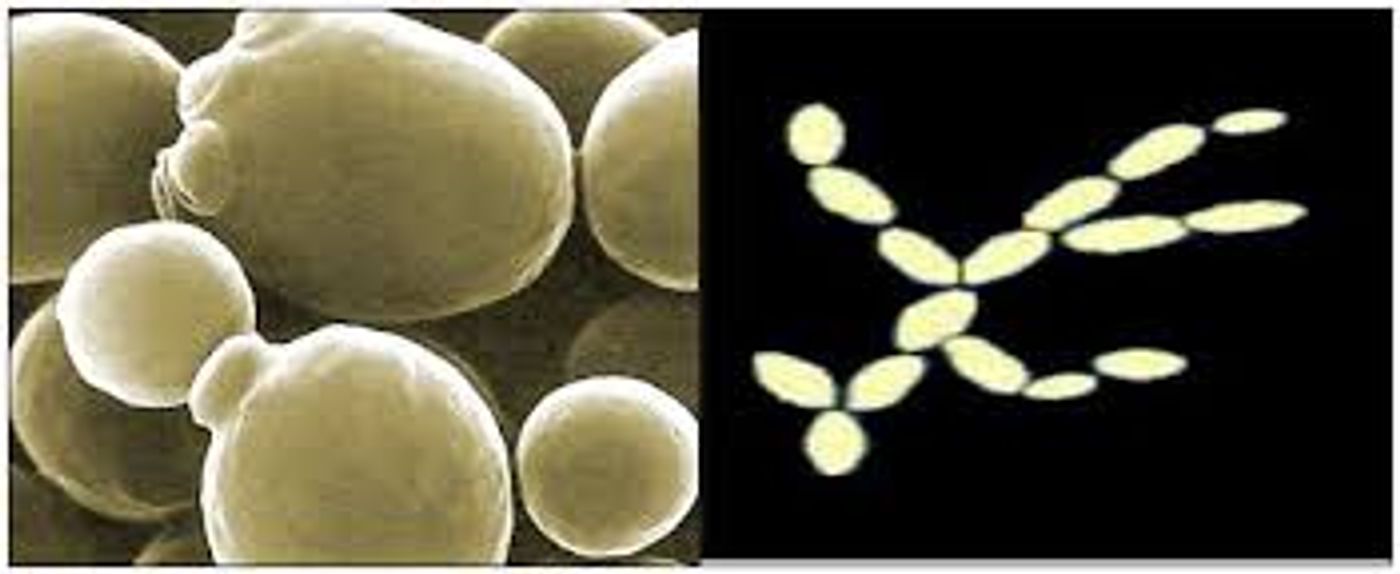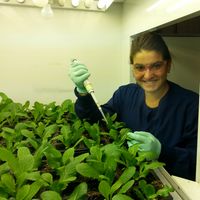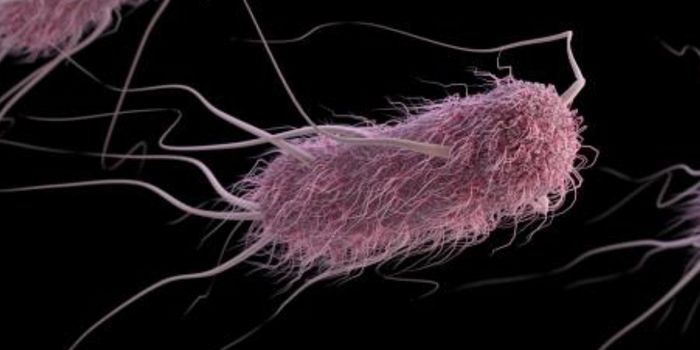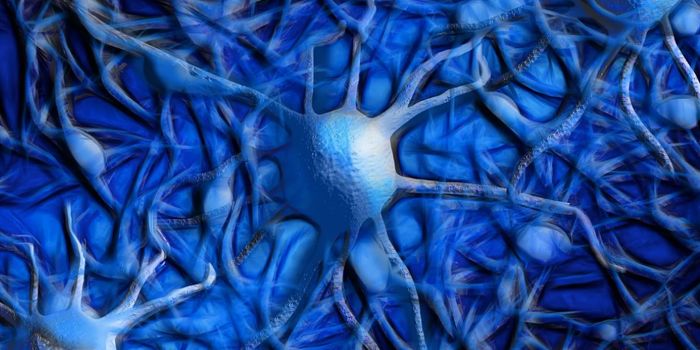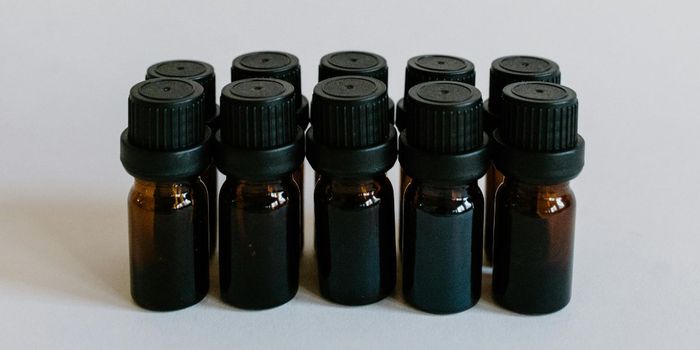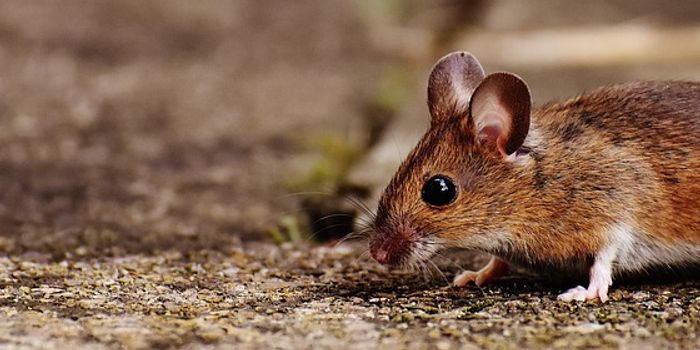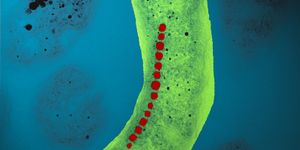According to Benjamin Franklin “Beer is the proof that God loves us and wants us to be happy.” I am sure many of us agree since beer making has become a large industry, producing more than 100 gallons of beer per day worldwide. In the United States alone, $101.5 million in beer sales and $19.6 billion in craft beer sales was reported by the
Brewers Association. The essential ingredients of beer include hops, water, malt, and yeast. Hops provide flavor and antimicrobial activity. Malt serves as a carbohydrate for the yeast. Yeast, most importantly, produces alcohol and carbon dioxide. Yeasts are microorganisms that raise, ferment, carbonate and transform a wide variety of products related to food and agriculture, including beer.
Different species of yeast are used to produce different types of beer, such as ales and lagers.
Saccharomyces cerevisiae is a yeast that grows on top of the beer mixture (known as a top-fermenter) and is used to produce ales.
S. cerevisiae is also the yeast used to make bread.
Saccharomyces carlsbergensis is a yeast that settles to the bottom of the beer mixture (known as a bottom fermenter) and was the yeast previously known to produce lagers.
Yeasts that are used to ferment lager-style beers today are examples of highly successful, domesticated interspecies yeast hybrids. Hybrid lager strains account for 94% of the world lager brewing market. In the 1980s, the lager yeast typically referred to as
S. carlsbergensis was determined to actually be an interspecies hybrid of
S. cerevisiae and a second parental species. It has been hypothesized that this other parental strain is
Saccharomyces eubayanus, described as an independent species in 2011 in association with
Nothofagus trees in Patagonia.
A study published this month in
Molecular Biology and Evolution by researchers at the University of Wisconsin and INIBIOMA in Argentina compared the genome of
S. eubayanus to the genome of multiple domesticated yeast hybrids including the hybrids of
S. eubayanus x S. cerevisiae currently used to ferment lager-style beers. Researchers found that
S. eubayanus subgenomes had previously undergone a strong shift in selection regimes. This selection showed to be consistent with the domestication of the
S. cerevisiae parent prior to hybridization.
Their results showed that the radically different genomes of the two lager species lineages favors at least two independent lineages for the
S. eubayanus x S. cerevisiae hybrids used to producer lager style beers. These results show how this industrially important yeast hybrid has been domesticated along similar evolutionary pathways on multiple occasions.
Sources:
Molecular Biology and Evolution;
Food Microbiology (3rd Edition); Brewers Association
